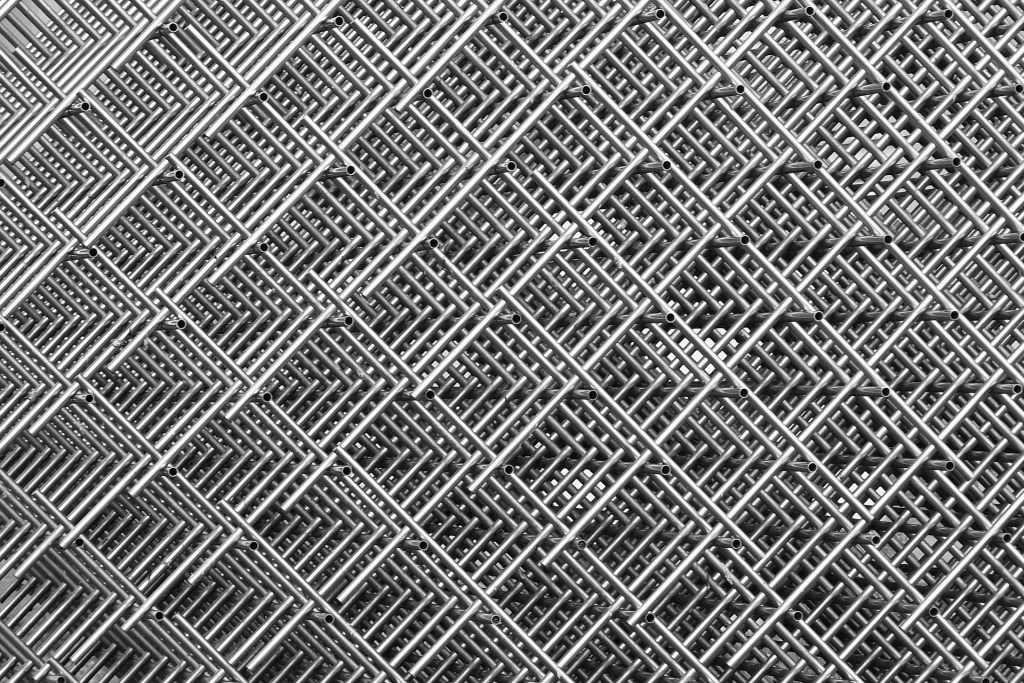
Choosing the right stainless steel for your project can be tricky, especially when comparing similar grades like 316 and 316L. While both are part of the austenitic stainless steel family, there are key differences that affect performance, especially in welding and corrosive environments. As a stainless steel distributor, part of our job at Alliant Metals is to help our customers understand the difference between different types of alloys so they can select the best materials for their industries and products. When we have very similar alloys, like 316 and 316L, thoroughly explaining those differences is crucial.
The most significant distinction is carbon content. 316L has a lower carbon content than 316. The “L” in an alloy’s name denotes low carbon, although the rest of the alloys’ compositions are nearly identical. 316 and 316L are characterized by their molybdenum content, giving these alloys superior corrosion resistance, especially in chloride environments. Now, let’s look at how the different carbon content affects weldability, corrosion resistance, mechanical properties, and formability.
If your project involves welding, 316L is the better option. Its low carbon content reduces the risk of weld decay (a form of corrosion in heat-affected zones), making it easier to weld without requiring post-weld heat treatment. 316, on the other hand, is more susceptible to weld decay and usually needs annealing after welding to restore its corrosion resistance.
Both grades resist corrosion well, especially in harsh environments. However, 316L performs better in welded structures or where corrosion resistance is critical. In everyday use, though, the difference is often negligible.
316 has better strength and hardness, with higher tensile strength and ductility. If your application demands more mechanical durability and minimal welding, 316 is often the better choice.
Both 316 and 316L are highly malleable and easy to form without cracking, making them suitable for various fabrication processes.
In short, 316L’s lower carbon content makes it a more suitable material for projects that involve welding or require increased corrosion resistance. If strength is your primary concern, 316 stainless steel is the better choice.
Our team at Alliant Metals will help you choose the right material for your project’s needs. Contact us today to speak with our stainless steel experts and get started!